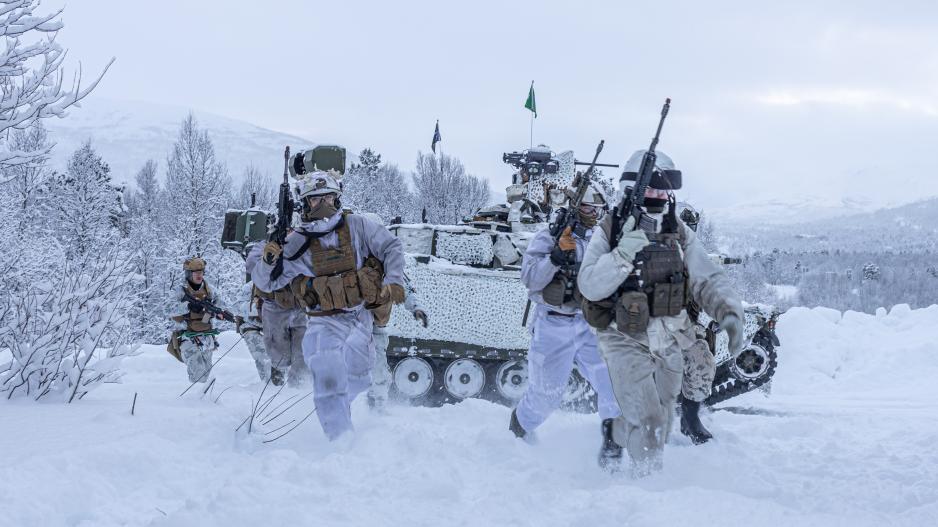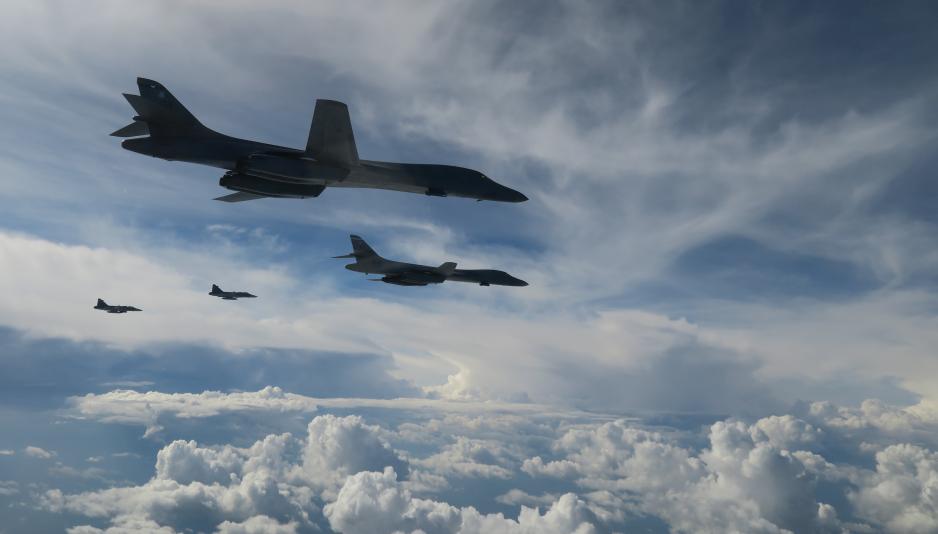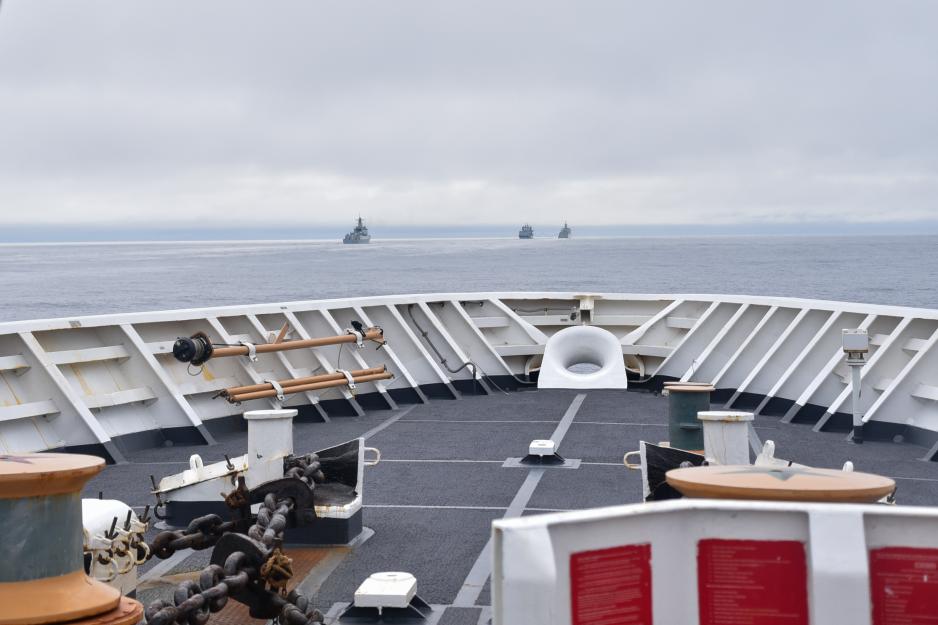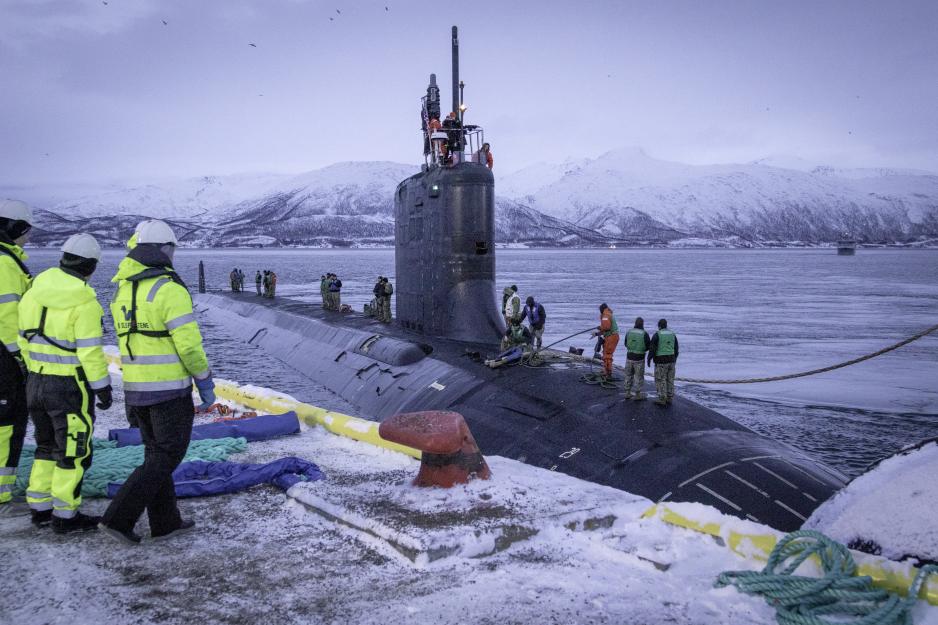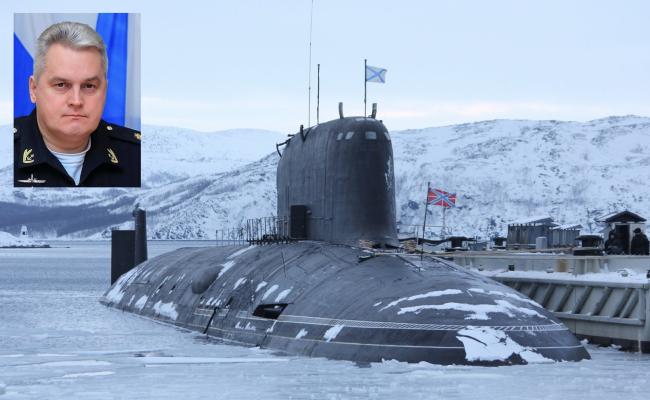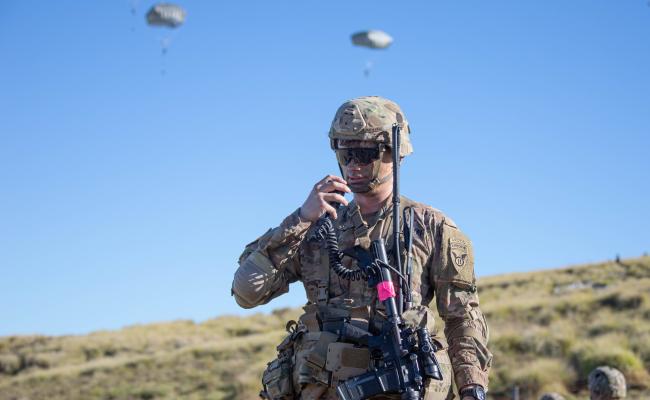– Norway's balancing act between deterrence and reassurance toward Russia can be understood as two-part, according to research fellow Nortvedt Bjur at the Norwegian Institute for Defense Studies and the University of Oslo.
– The first balancing act can be referred to as the small state's calibrated deterrence strategy. Calibration, or fine tuning, involves deterrence with certain moderating or reassuring measures to avoid provocation.
– This concerns, among other things, dialogue with the Russian Northern Fleet, an applied understanding that a Norwegian military presence in the border areas to Russia will be perceived as less provocative than, for example, an American one, and that Norway is seeking coordination of allied military activity in such areas with the aim of low tension.
– The other balancing act can be regarded as weighting between deterrence and reassurance as two more separate paths. These can be pursued simultaneously, and measures taken along them can conflict with each other.
– The Ministry of Defense and the Norwegian Armed Forces are often central actors on the "deterrence path," where they can use the aforementioned calibration to dampen the military sting.
– The Ministry of Foreign Affairs is an important institution on the "reassurance path," with political and people-to-people contact and cooperation at the center. A cornerstone of this path is collaboration based on international law, such as the Svalbard Treaty and the Norwegian-Russian Treaty Concerning Maritime Delimitation and Cooperation in the Barents Sea and the Arctic Ocean.
– Deterrence and reassurance can be said to be dynamic, strategic concepts for conflict prevention. The center of gravity and measures in the balancing act has changed, particularly after Russia's full-scale invasion of Ukraine.


